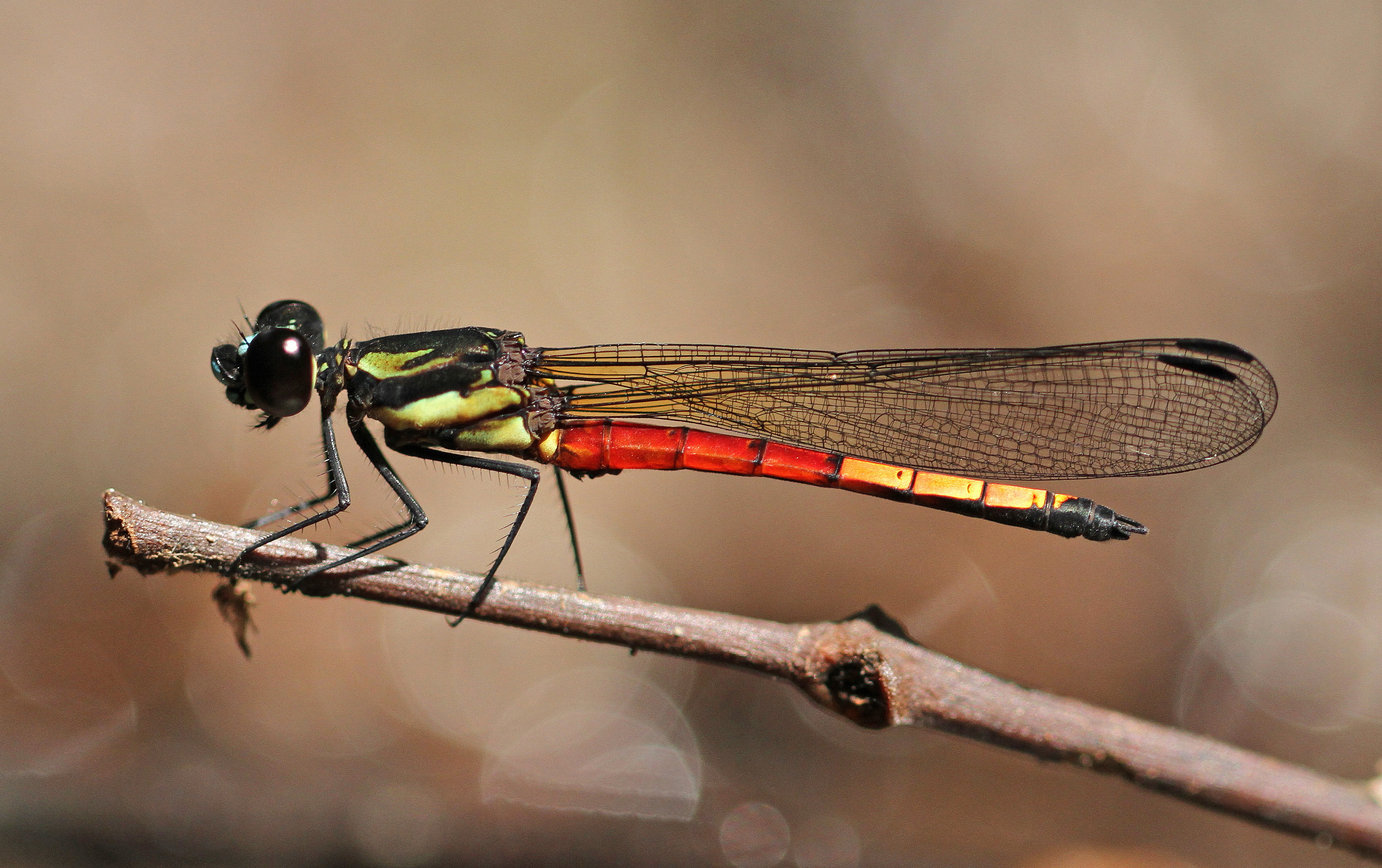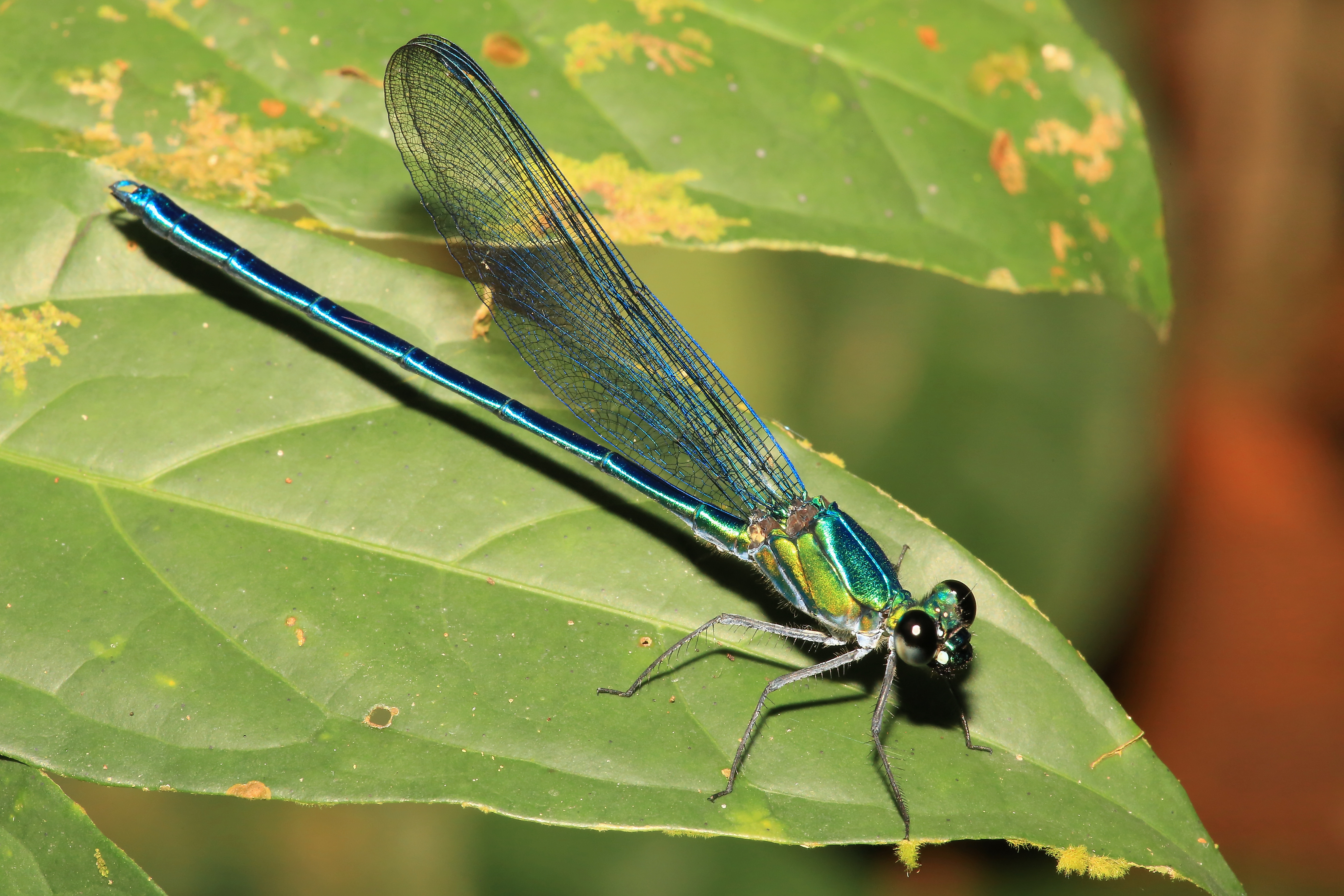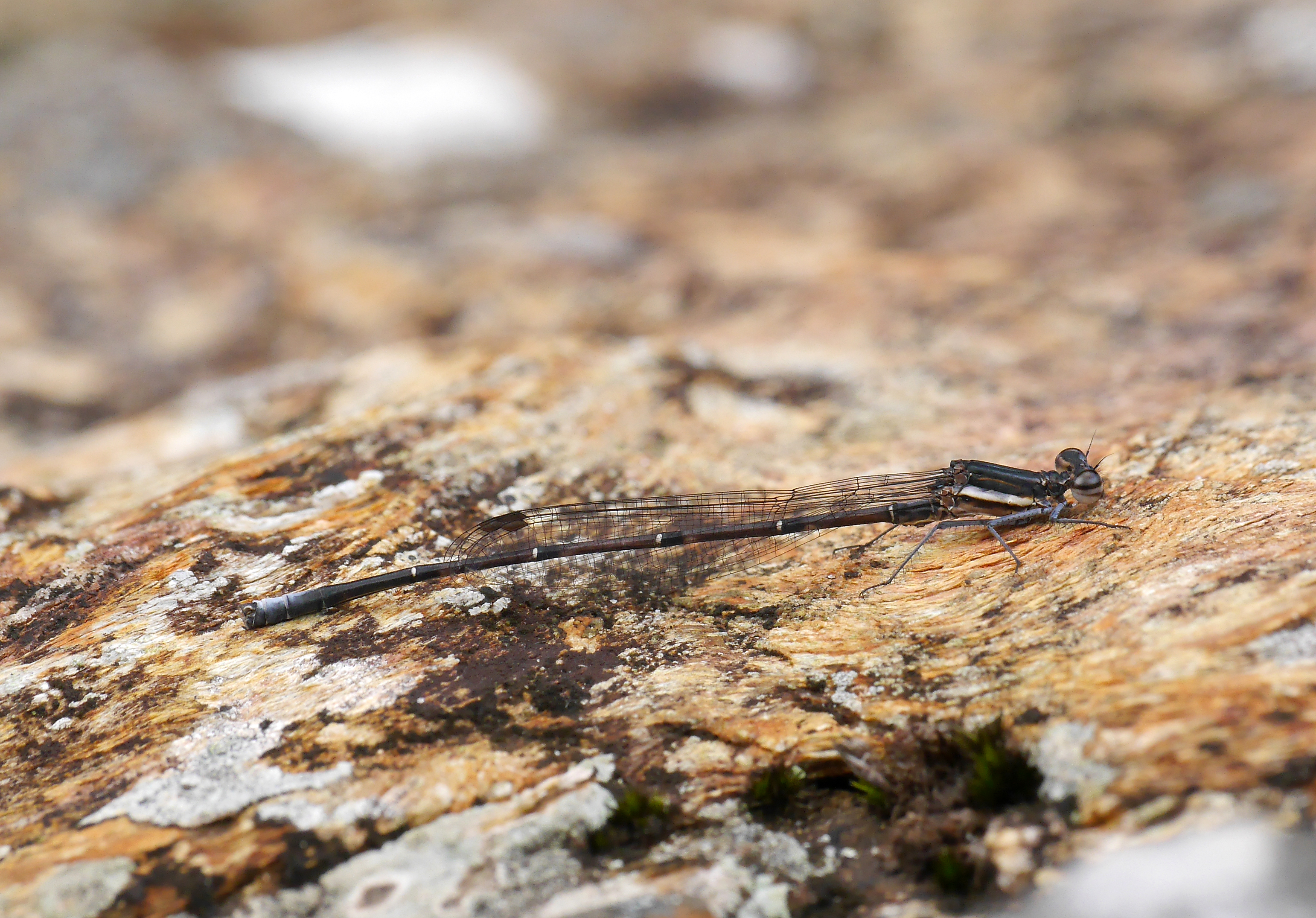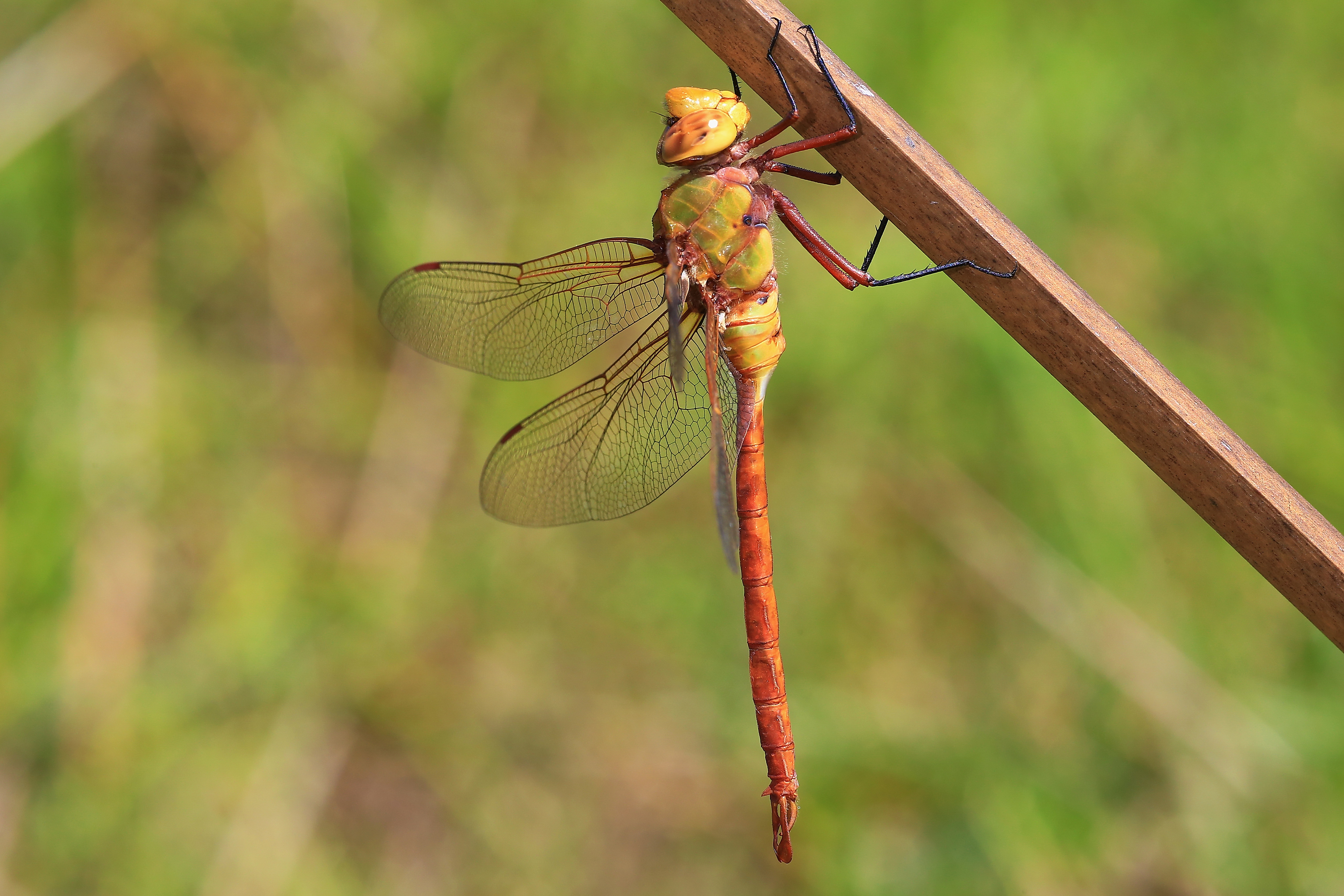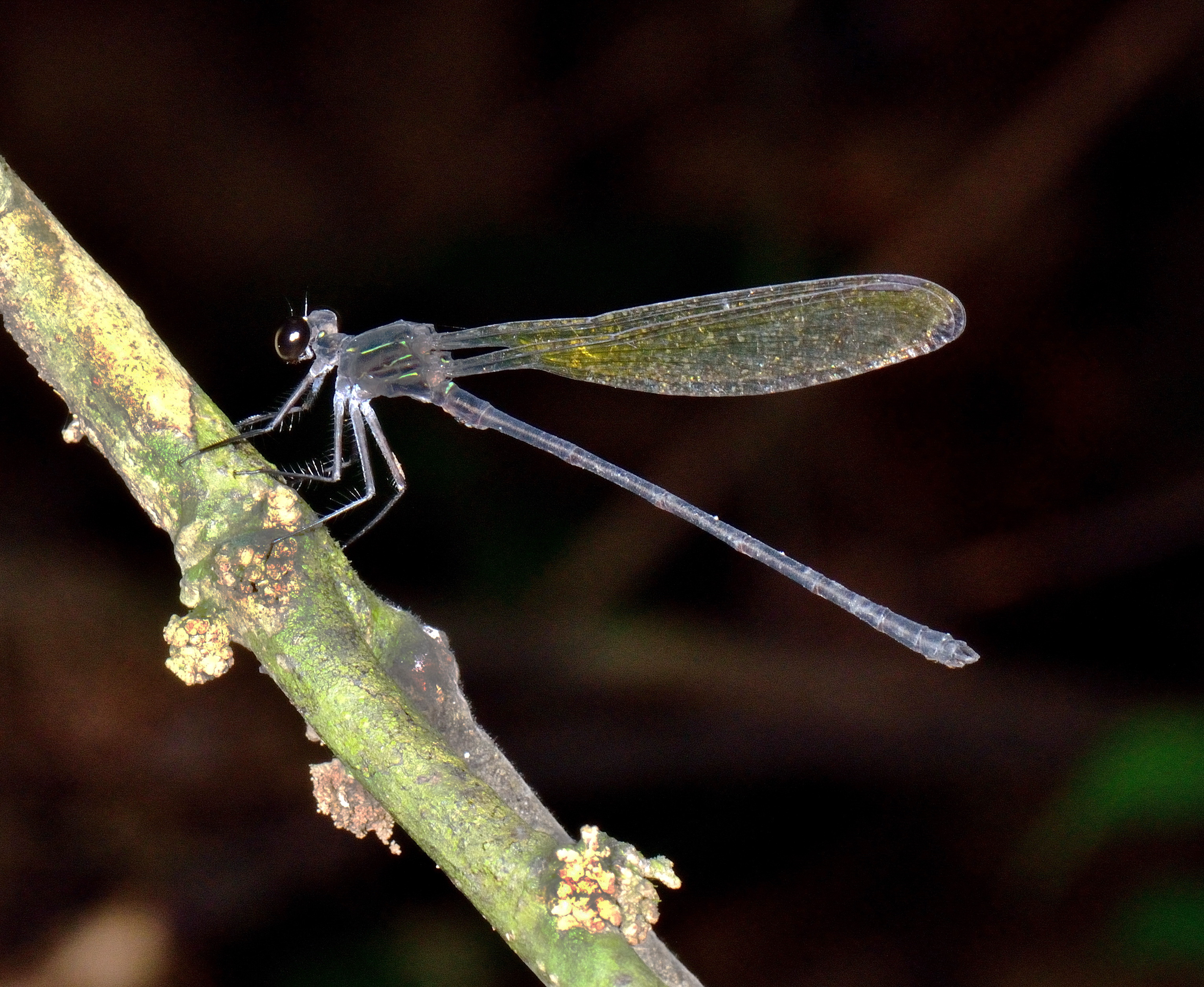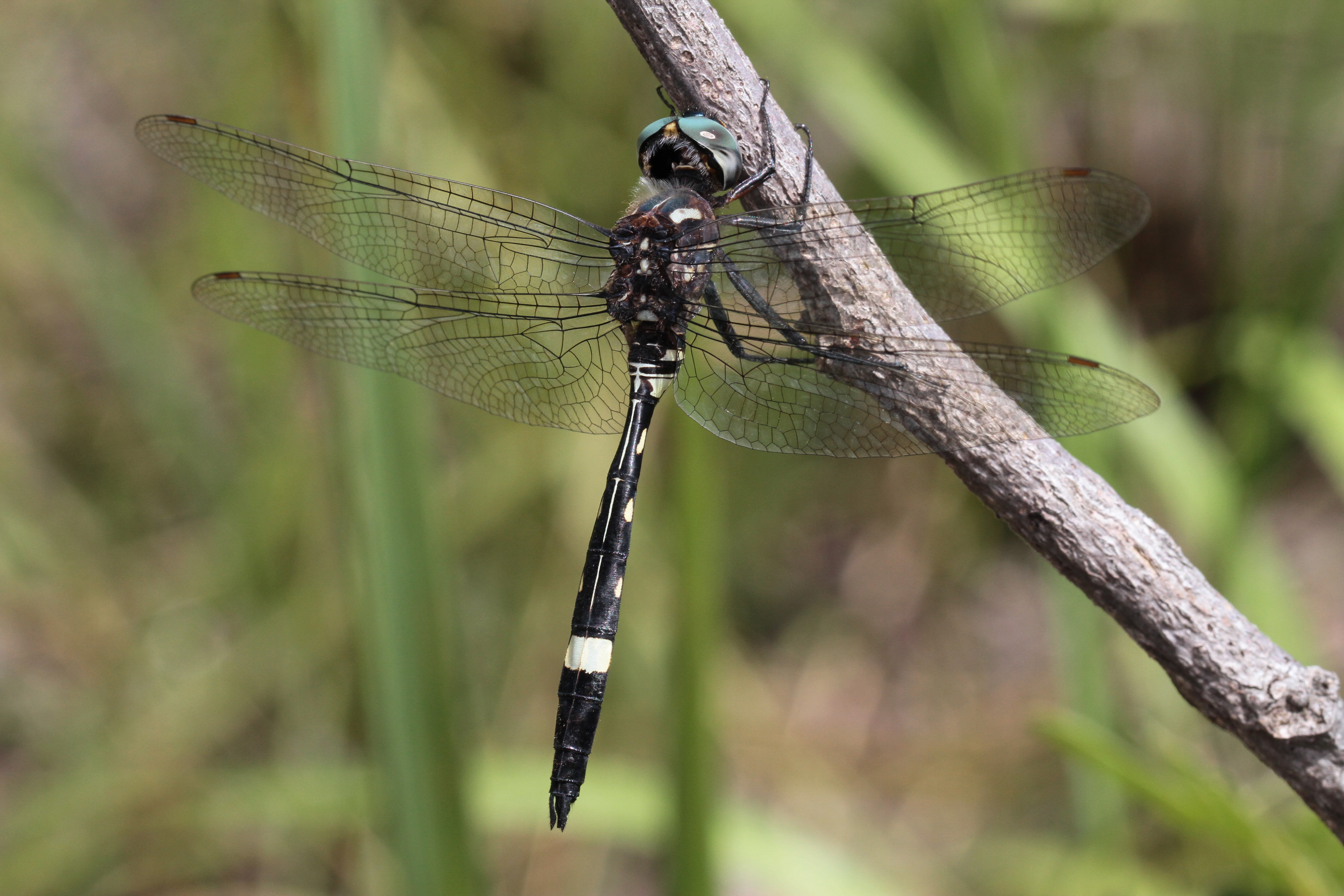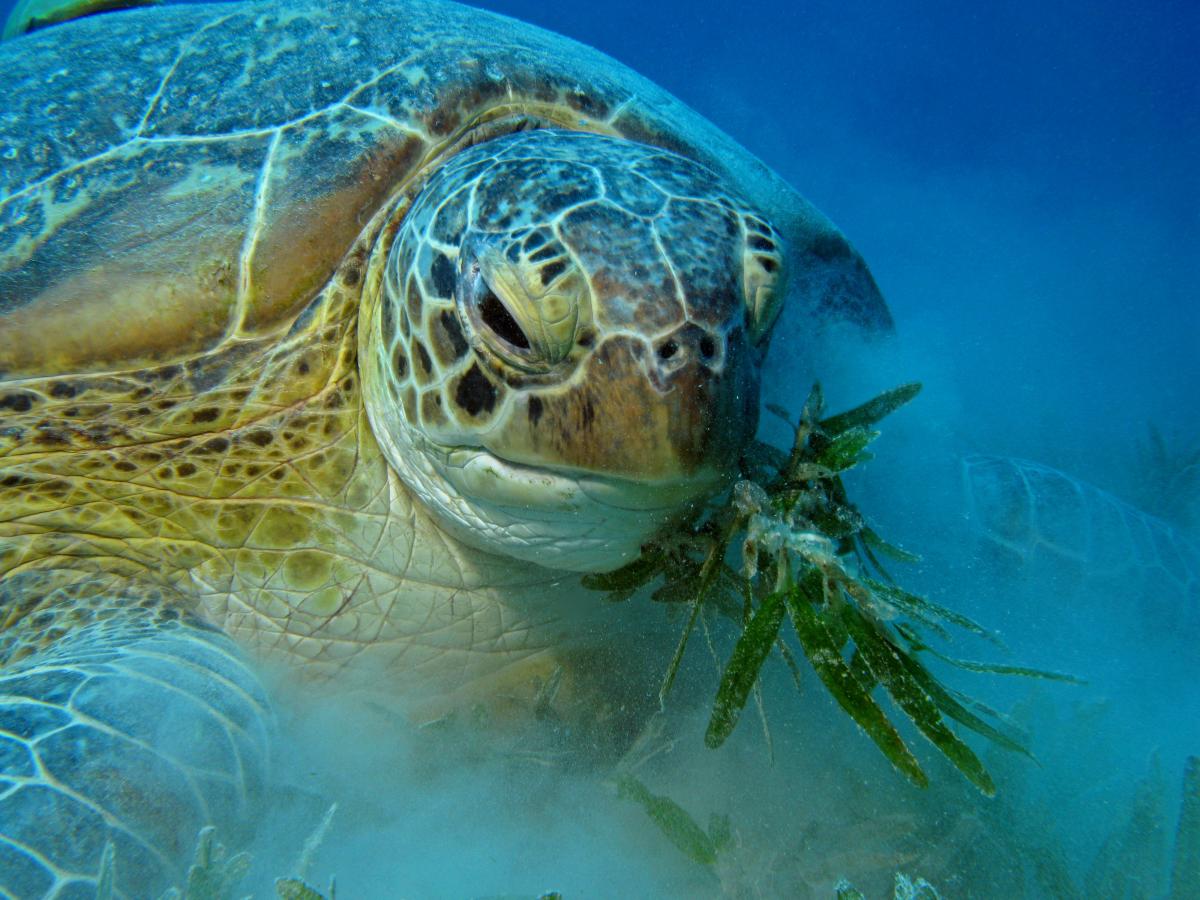60 new African dragonfly species described
Only a fifth of the nine million species of animal, plant and fungus thought to occur on earth are known. Dragonflies (which include damselflies) are generally considered well-known but researchers have recently described 60 new species, the greatest number of newly described dragonflies in about a century.
All dragonflies are bound to freshwater, which occupies less than 1% of the planet’s surface but is home to 10% of all animal species. The beauty and sensitivity of dragonflies is a perfect symbol for freshwater health and biodiversity. As dragonflies are good indicators of water quality, knowledge of these insects is important.
With the publication of the new discoveries, the number of dragonfly species known in Africa has increased from 700 to 760 species. Recognising and naming species, the science known as taxonomy, is crucial to conservation. We can only value and protect a species if we know it exists.
“The current emphasis on molecular research in taxonomy creates the impression that undiscovered life is inconspicuous or hidden, but each of our new species is colourful and easy to identify,” says lead researcher KD Dijkstra, a member of the IUCN SSC Dragonfly Specialist Group. “It’s a matter of going outside and knowing what you’re looking for. It’s a biologist’s greatest importance today. Names introduce species to humanity. All awareness, conservation and research of nature starts with the question: which species is that?”
Dragonflies and damselflies all breed in freshwater, but the habits of the beautiful new species vary widely. The Pale Cascader Zygonyx denticulatus, a new dragonfly from Zambia and DR Congo, hovers over sunny rapids. The Gabon Slim Sprite Pseudagrion dactylidium, a new damselfly, perches by muddy puddles in deep shade. The new Rock Threadtail Elattoneura lapidaria is encroached by gold mining in the Chimanimani Mountains in Zimbabwe. To absorb heat in these mist-shrouded heights, both males and females rest on reflective rocks. The Black Relic Pentaphlebia mangana is dark as the manganese ore mined in its range - it lurks in the gloom by forest falls.
Freshwater habitats are under exceptional pressure in Africa. Of the predicted population growth this century from seven to eleven billion, four fifths is expected in Africa. However, most biological research is still conducted in western countries. Development of local expertise as well as better sharing and expansion of knowledge via websites, handbooks and field guides, are essential to biodiversity conservation.
“We see this effort as a call to science and the public to make the search for unknown life a priority before it’s too late," says Dijkstra. "In freshwater alone, a quarter million species could be gone before they are known. Nature needs more explorers now!”
The IUCN SSC Dragonfly Specialist Group will now work to assess these species for The IUCN Red List of Threatened Species as part of the global dragonfly assessment project.
The discoveries were published in a 230-page issue of the journal Odonatologica on 1 December 2015. See the full paper here.
Meet the new species (PDF with photos)
Video: watch KD Dijkstra discover a new species in DR Congo
Author contact: african.dragonflies@gmail.com
